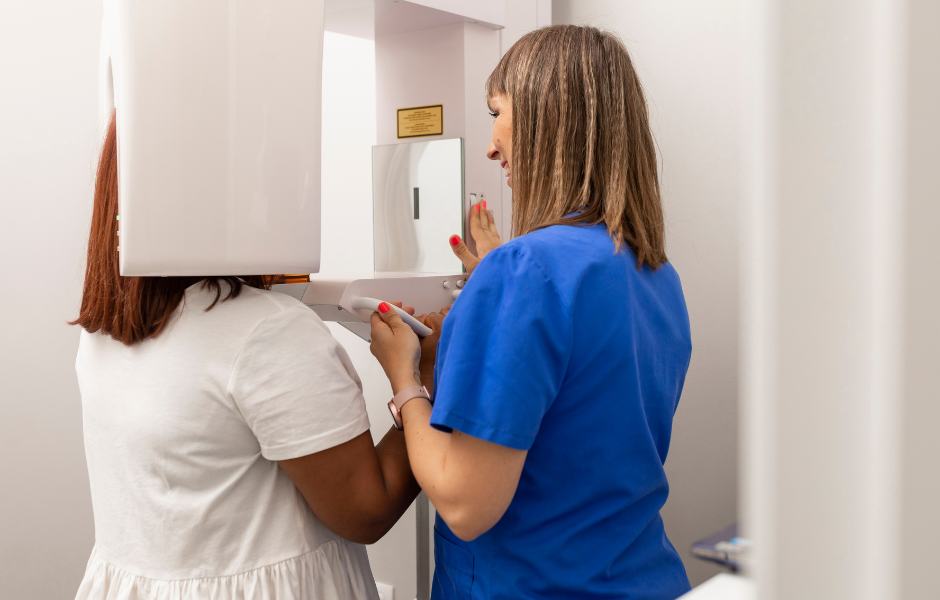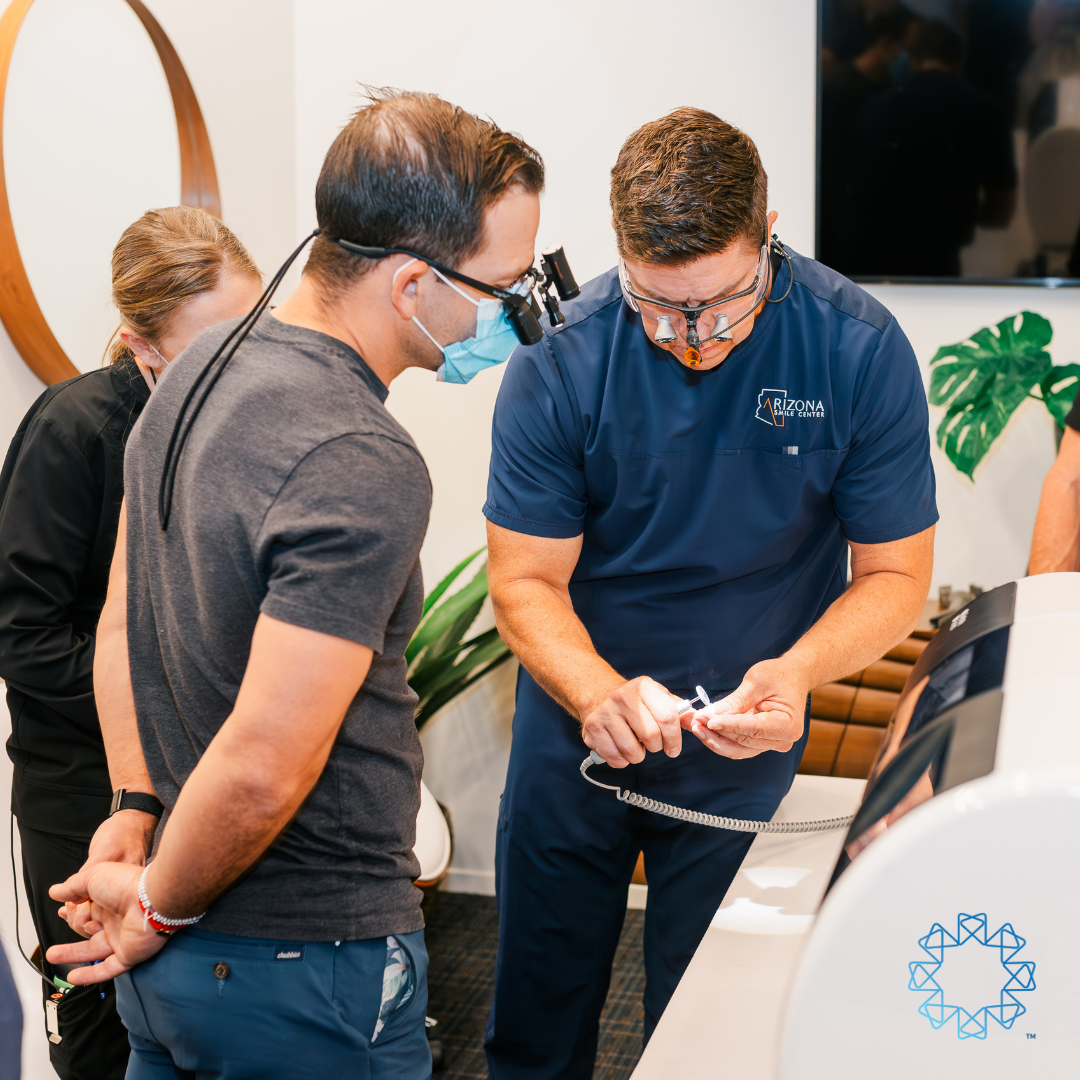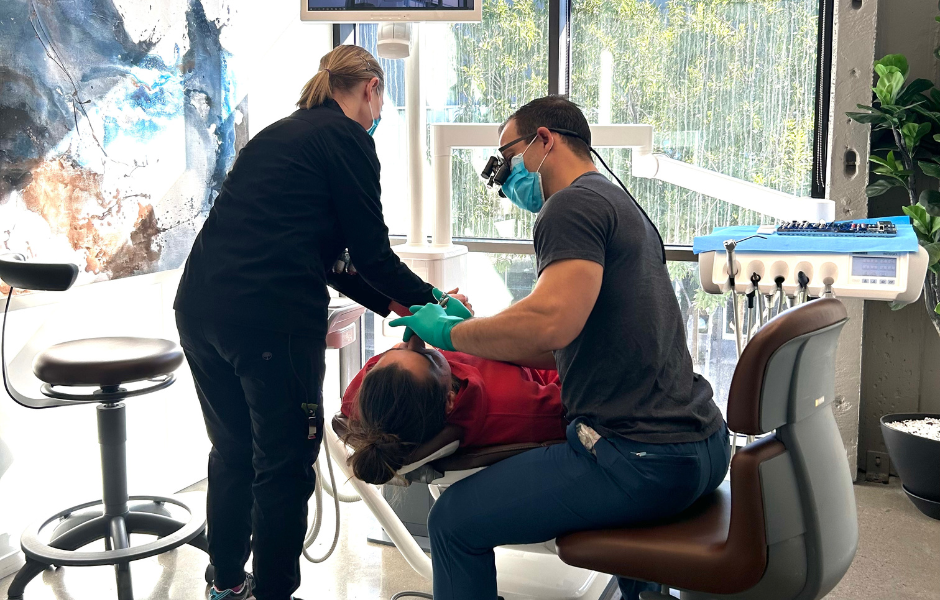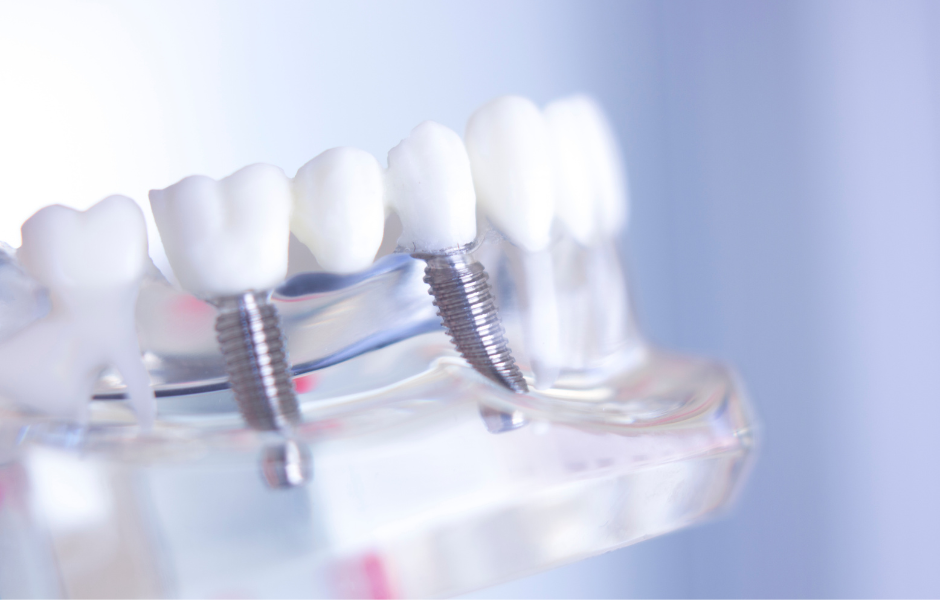
Bone grafting is a valuable technique used in dentistry to improve patient outcomes and provide effective solutions for various dental conditions. By utilizing bone grafts, dental clinics can enhance the success rates of implant procedures, facilitate sinus augmentation surgeries, and address defects in the jawbone.
In this blog post, we will uncover the benefits of utilizing bone grafting and how it can lead to improved patient outcomes. Let’s dive in!
Enhancing Dental Implant Success
Bone grafting plays a crucial role in facilitating successful dental implant procedures. By providing a stable foundation for the implant, bone grafts promote osseointegration, which is the integration of the implant with the surrounding bone tissue. This leads to better long-term stability and functionality of the dental implant.
Facilitating Sinus Augmentation
Sinus augmentation is a common procedure performed prior to dental implant placement in the posterior maxilla. By utilizing bone grafts, DSOs can effectively increase the height and width of the available bone in the posterior maxillary region, allowing for the successful placement of dental implants. This procedure is particularly beneficial for patients with insufficient bone volume in the upper jaw.
Addressing Jawbone Defects
Bone grafting is also utilized to address jawbone defects caused by various factors, such as trauma, infection, or periodontal disease. By placing bone grafts in the affected area, dental clinics can stimulate bone regeneration and restore the natural structure and function of the jawbone. This allows for improved oral health and functional outcomes for patients.
Types of Bone Grafts
There are several types of bone graft materials commonly used. Autogenous bone grafts, derived from the patient’s own body, provide the most predictable results due to their ability to stimulate new bone formation. Allografts, derived from human cadavers, and xenografts, derived from animal sources, are also commonly used and offer good biocompatibility and stability. Synthetic bone graft substitutes, such as hydroxyapatite and bioceramics, provide an alternative for patients who cannot undergo autogenous grafting.
Safety and Efficacy
Bone grafting procedures have been extensively researched and proven to be safe and effective in dental practice. The use of bone grafts is supported by reputable organizations and scientific literature, ensuring the highest standards of patient care and treatment outcomes.
Utilizing bone grafting techniques is a valuable approach to enhance patient outcomes and provide effective solutions for various dental conditions. DSO-U can help your organization get started using bone grafts, facilitating sinus augmentation surgeries, and addressing jawbone defects, ultimately ensuring better long-term stability, functionality, and esthetics for your patients.
Call us today to get your organization started on bone grafting!
Sources:
-
- Bone grafts and substitutes in dentistry: A review of current trends and developments
- Sinus augmentation bone grafts for the provision of dental implants: report of clinical outcome
- Bone grafting for defects of the mandible
- Bone-grafting materials in implant dentistry
- Bone allografts: a review of safety and efficacy










